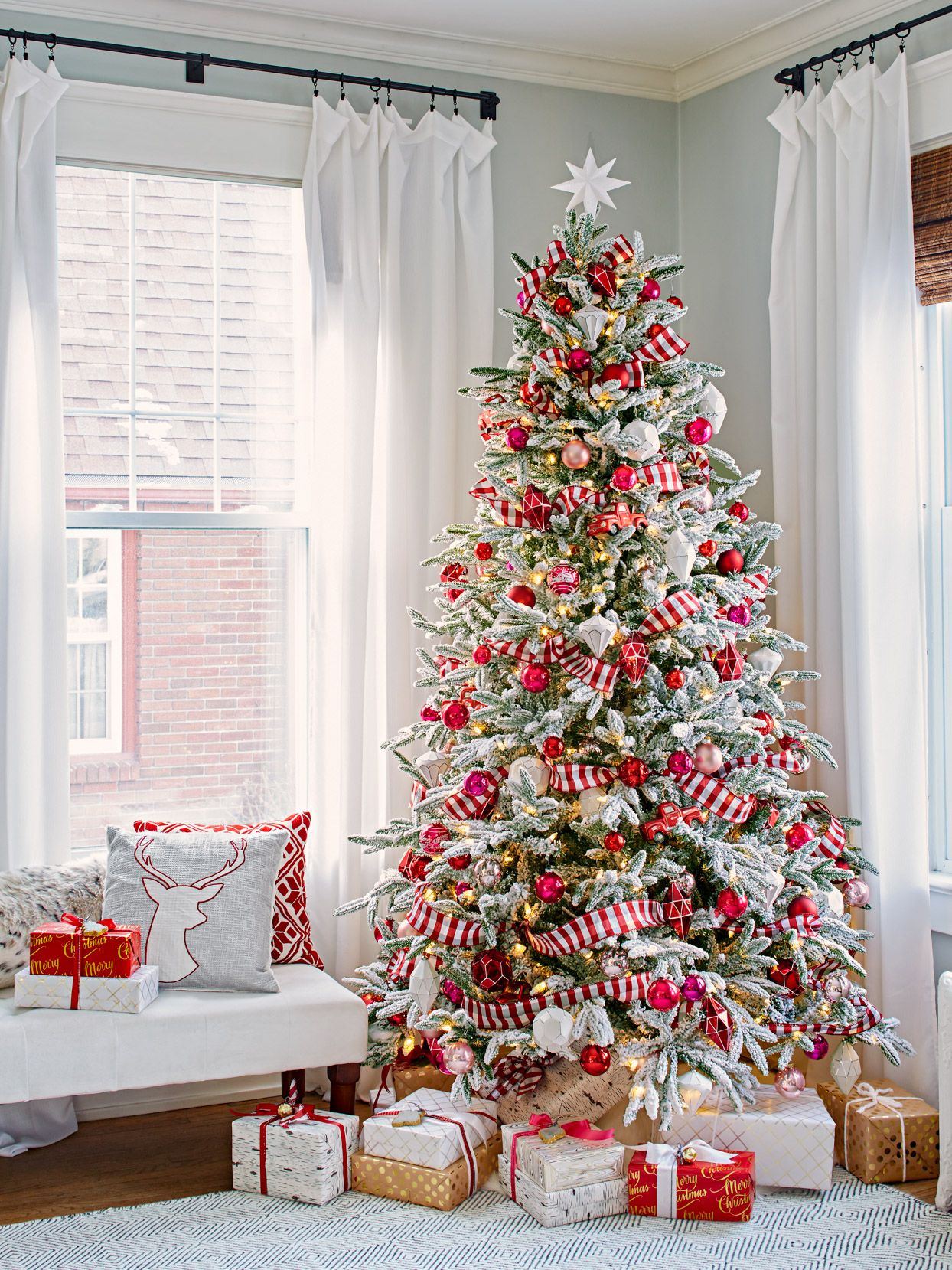Why We Decorate Christmas Trees: Tradition Unveiled

Every year, as winter sets in, twinkling lights, sparkling ornaments, and evergreen trees adorned with festive decorations become a hallmark of the holiday season. From homes to town squares and shopping malls, Christmas trees are a universal symbol of joy and festivity. But have you ever wondered why we decorate Christmas trees? Let's delve into the traditions, history, and symbolism behind this beloved holiday practice.
Historical Roots of Christmas Trees

The tradition of decorating trees at Christmas time has its roots in various ancient practices:
- Pagan Origin: Long before the birth of Christ, cultures like the Celts, Druids, and ancient Egyptians revered evergreens as symbols of life amidst the dead of winter. These cultures decorated their homes with green branches to celebrate the return of the sun at the winter solstice.
- Roman Influence: In Rome, during Saturnalia, a celebration honoring the sun god Saturn, Romans decorated trees with metal ornaments.
- German Influence: By the 16th century, the Germans had adopted the custom of decorating trees with apples, nuts, and other foodstuffs for the feast of Adam and Eve, which was observed on December 24th.
The Christian Connection

How did this pagan and secular tradition evolve into the Christian practice of Christmas tree decoration?
- Martin Luther: According to legend, the 16th-century Protestant reformer Martin Luther was walking through a forest on Christmas Eve and was captivated by the starry skies above. He wanted to replicate this beauty for his family, leading to the decoration of an evergreen tree with candles to mimic the stars.
- The Spread: By the 17th century, this practice had spread across Europe. It was Queen Victoria and Prince Albert of England who popularized it in the 1840s through an illustration of their family gathered around a decorated tree, published in the Illustrated London News.
Symbolism and Meaning

The Christmas tree is rich in symbolism:
| Symbol | Meaning |
|---|---|
| Evergreen Tree | Eternal life, perseverance, and resilience |
| Ornaments | Fruits of labor, abundance, or cherished memories |
| Candles/Lights | Christ as the light of the world |
| Star or Angel Topper | The star of Bethlehem or the angels announcing the good news |

Modern-Day Traditions

Today, the ways in which we decorate Christmas trees can vary widely:
- Theme Decorating: Some families choose a theme each year, like vintage, rustic, or all-white decor.
- Personalization: Many people adorn their trees with personal mementos, handmade ornaments, or keepsakes from family vacations.
- Charity Trees: Some communities or families create a tree with gifts for the less fortunate, to be distributed to those in need.
🎄 Note: Today's trend of artificial trees also has historical precedence, with goose feather trees being used in Germany in the 19th century, showing that the quest for a non-shedding, reusable tree isn't a modern invention.
As we reflect on why we decorate Christmas trees, it's clear that this tradition has evolved over centuries, intertwining pagan rituals with Christian symbolism, historical events, and personal sentiment. It's a practice that speaks to our collective desire for continuity, celebration, and the hope of light in the darkest season. Our Christmas trees, in all their glittering glory, remind us to cherish life's joys, the warmth of family, and the beauty of tradition that endures through time.
Why are Christmas trees evergreens?

+
Evergreens are chosen for their symbolism of life, immortality, and growth, qualities that resonate with the spirit of Christmas.
What is the significance of the star or angel on top?

+
The star represents the Star of Bethlehem, guiding the Wise Men to Jesus, while angels signify the heavenly announcement of Christ’s birth.
How did the modern-day Christmas tree tradition evolve?

+
From pagan rituals to German customs, the practice was Christianized and then popularized through royalty, mass media, and cultural exchange.
Why do people place presents under the tree?

+
Originally, gifts symbolized the presents given to Jesus by the Wise Men. Over time, this evolved into a tradition of giving and sharing during the holiday season.
Are there any environmental concerns with real Christmas trees?

+
Yes, the carbon footprint of tree farms, cutting down trees, and their eventual disposal can have environmental impacts. Many are addressing this through tree recycling and promoting artificial trees.


